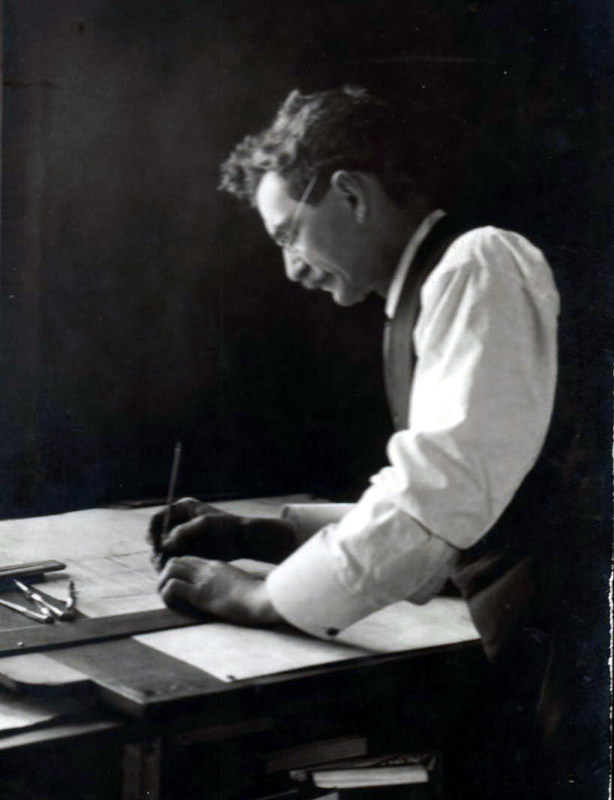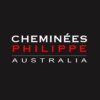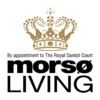Our History
Edwin Bogle
Edwin Bogle was born on 19 September 1856 and was the second son of John Bogle of High Church, Glasgow, Scotland. Edwin received his education in Scotland and served his apprenticeship as an engineer there. In 1861 he joined a firm by the name of City Line in England as a marine engineer which traded between Liverpool, Bombay and Calcutta. Edwin left England at an early age to come to Australia and eventually settled in Tasmania where he secured employment with the Tasmanian Steam Navigation Company where he remained for several years.
While working on the new steam dredge, the Agnew, in Hobart, he was given the responsibility for managing the electric lighting plant for the International Exhibition. On May 3, 1889 he approached the Council of the Launceston Technical College in Launceston and indicated his willingness to formulate and teach classes in Machine Construction and Drawing. He had earlier attained the position of Government Inspector for Machinery for Northern Tasmania, a position he was to hold for a period of eight years. Hence, he was ideally suited as a candidate for this new job.
Edwin retained his position at the Launceston Technical College while expanding his professional career in the business world. In 1895 he joined the firm of Scott and Clark which had primarily carried out general repair work, after James Scott had left to work on the anchor mine project. The revitalized enterprise was known as Bogle and Clark with specializations in mechanical and electrical engineering, iron and brass foundry work, smithing, boiler making and general contacting. In May 1904 Bogle & Clark’s Tamar Foundry had become Glasgow Engineering Co. under Edwin Bogles management. It is believed the company was named Glasgow Engineering not only because it was Edwin’s birth place, but also, Glasgow in Scotland had become a centre for engineering, shipbuilding, and locomotive construction with the invention of the hot blast furnace for smelting iron in 1828. Edwin Bogle taught night school at the Launceston Technical College until April 1906 when he left Tasmania to live at Moonee Ponds in Victoria, on the return of James Scott to the company. Edwin Bogle was married to Amy Calway and they had nine children together. Edwin Bogle passed away on December 29 1908 aged 52. His obituary in the Launceston Examiner described him as one of the best known marine engineers in Australia. His body was returned to Launceston for burial.
An excerpt from the Examiner Thursday December 31 1908:
At Moonee Ponds (Vic.) on Tuesday death removed one of the best-known marine engineers in Australia in the person of Mr. Edwin Bogle. The deceased, who was a native of Glasgow, served his apprenticeship as an engineer in Scotland, and after completing his time, joined the City line, trading between Liverpool, Bombay, and Calcutta. Mr. Bogle then came to Australia, and was in the service of the old T.S.N. Company for several years. Then he was engaged to fit up the steam dredge Agnew at Hobart, and during the time of the International Exhibition held in that city, he had charge of the electric lighting plant for the Brush Company. So successful was he with the plant that the company engaged him to put in several installations in Queensland. Prior to this Mr. Bogle came to Launceston, and had the distinction of giving the first exhibition by electric lighting in this city. After completing his Queensland engagement Mr. Bogle was appointed inspector of machinery under the Government for Northern Tasmania, which he held for eight years. When the Technical School was started, he was engaged as instructor in the engineering class. He was a very clever engineer, and at the present day many of his pupils are holding important positions in different parts of the world. About 1895 Mr. Bogle joined the firm of Scott and Clark. One of the most important contracts which the new firm completed was the erection of the Victoria Bridge over the North Esk. About five or six years ago the firm emerged, into the Glasgow Engineering Company, and Mr. Bogle continued with them until, about two years ago, when he resigned and removed to Victoria. He also held a certificate of inspector of machinery under the Victorian Government. One of his latest works while with the Glasgow Engineering Company was to design the engines for the river steamer Togo. These were triple expansion, with four cylinders a class of engine that has been giving great satisfaction. About three months ago an internal malady, which Mr. Bogle had suffered from became so pronounced as to cause him to retire from active work. He gradually got worse, and expired on Monday. Deceased was very popular and had a large circle of friends here. He leaves a widow and large family for whom much sympathy is felt. The body is being brought to Launceston for burial, and the funeral will leave St. John's Church on Saturday afternoon for Carr Villa.

































